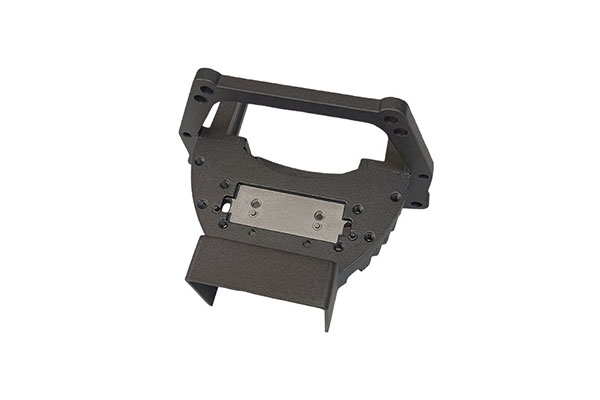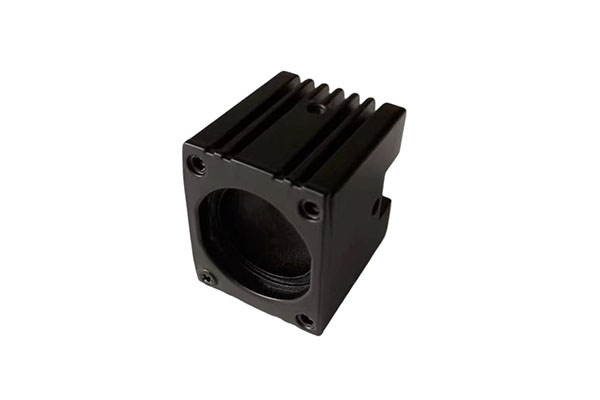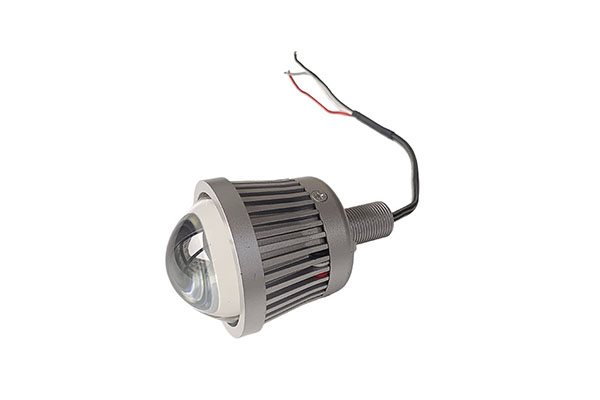How can the car alarm's night-time sensitive detection protect the vehicle from being stolen in low-light environments?
Release Time : 2025-09-01
The reason car alarm's nighttime sensitive detection protects vehicles from theft in low-light environments is that it addresses the pain points of low visibility, large blind spots for drivers, and the ease with which thieves operate in stealth. By leveraging multi-dimensional detection technology, intelligent recognition mechanisms, and a coordinated alarm design, it creates a comprehensive, all-weather, and comprehensive protection network, enabling thefts to be quickly identified and prevented even in concealed environments. In low-light conditions, it's difficult for drivers to visually observe their vehicles in real time. Thieves often exploit the cover of darkness to carry out thefts by picking locks, tampering, and hacking. The nighttime sensitive detection feature optimizes sensor performance and enhances environmental adaptability to accurately capture these covert actions, thus preventing thefts at the source.
First, nighttime sensitive detection relies on the synergy of infrared sensing and microwave radar, overcoming visual limitations in low-light environments and accurately identifying suspicious targets approaching the vehicle. Most car alarms are equipped with passive infrared sensors (PIRs), which rely on light and detect approaching targets by detecting infrared heat signals from people or objects. Even at night, even without lights, the heat emitted by a thief approaching the vehicle is detected by the sensor. Once the target enters the preset detection range (usually 1-3 meters around the vehicle), the sensor immediately triggers a primary warning. Some high-end models also feature microwave radar sensors, which transmit microwave signals and receive reflected waves to detect the target's movement and speed, preventing false alarms caused by non-theft activities such as wind-blown branches or passing small animals. These two sensors work together to accurately identify thieves with warm, regular movements in completely dark environments while eliminating irrelevant interference, ensuring accurate and sensitive detection, allowing thieves to be caught as soon as they approach the vehicle.
Secondly, night-time sensitive detection optimizes the sensitivity of the vibration sensor to detect the subtle vibrations that thieves use to pry locks or smash windows. To avoid detection, nighttime car thieves often use low-intensity, small-amplitude theft maneuvers, such as slowly prying open a car door lock with a tool or gently tapping on a car window to test its strength. The vibrations generated by these actions are easily masked by ambient noise during the day, but are more easily detected at night due to the quiet surroundings. Car Alarm's night mode automatically increases the sensitivity of the vibration sensor, lowering the detection threshold to a level that can detect millimeter-level vibrations. When a thief pries open a door lock with a crowbar, even vibrations of just a few millimeters are quickly detected by the sensor and transmitted to the alarm unit. Furthermore, the sensor can distinguish between regular vibrations from prying locks and random vibrations from wind blowing through the car body by analyzing the differences in vibration frequency and force. For example, the vibration frequency of a tool contacting a metal lock cylinder during a lock prying operation is relatively stable, while the frequency of wind-induced vibrations is chaotic. This intelligent discrimination prevents frequent false alarms at night and ensures that the alarm is triggered immediately if any theft-related vibrations occur.
Furthermore, nighttime sensitive detection interacts with the vehicle's lighting system, creating a visual deterrent with a strong flash of light while also addressing the "blind spot" in low-light conditions. At night, in dim light, a high-decibel alarm sound alone might be overlooked by distant residents due to the quiet surroundings. However, flashing lights can quickly attract attention in the dark. When the anti-theft system detects a suspicious target or theft, it immediately triggers the vehicle's hazard lights to flash at a high frequency (usually 2-3 times per second). This bright light not only panics thieves, fearing they've been exposed, but also alerts nearby residents and security guards to the unusual situation, creating a dual defense mechanism of "self-protection + external monitoring." Some models also briefly illuminate the area around the vehicle, making it difficult for thieves attempting to hide. This further enhances nighttime protection and prevents the problem of delayed alarm transmission due to low light conditions.
Furthermore, nighttime sensitive detection connects to the owner's phone in real time, enabling remote notifications for "unattended" monitoring, addressing the pain point of being unable to check the vehicle at night. In dim conditions, drivers are often at home or away from their vehicles. Even if the anti-theft system triggers an alarm, they may not notice it in time due to distance or ambient noise. Immobilizers with nighttime sensitive detection will immediately send an alert message to the owner's phone via Bluetooth or mobile network upon detecting an anomaly (usually within 10 seconds). These messages include details such as "vehicle approaching abnormally," "door locks being pried open," and "body vibrations." Some high-end models can also simultaneously transmit the vehicle's location, allowing the owner to remotely monitor the vehicle's status. Upon receiving this message, the owner can remotely trigger the vehicle's horn and lights via a mobile app to further deter thieves, or contact community security or the police. This allows the owner to monitor vehicle safety in real time, even when not at the scene, and prevent thefts at night due to delayed information transmission.
In addition, nighttime sensitive detection enhances targeted detection of key vehicle areas, providing protection against the "wire-cutting" method commonly used by thieves. Some car thieves cut the vehicle's battery or immobilizer power cables at night, disabling them before attempting the theft. However, car alarms with nighttime sensitive detection feature current sensors installed on key lines, such as power and signal cables. When a thief attempts to cut the wires, the sensors detect a sudden interruption or abnormal fluctuation in current flow. Even if the immobilizer's main power supply is disconnected, the built-in backup battery activates immediately, ensuring the alarm's proper operation and simultaneously sending a "wire tampering" alert to the owner's phone. This targeted detection counters typical nighttime theft tactics, preventing thieves from defeating the immobilizer system with simple wire-cutting maneuvers and further ensuring vehicle safety in low-light environments.
Car Alarm's nighttime sensitive detection utilizes multiple features, including "infrared + radar to overcome light limitations," "optimized vibration detection to detect subtle movements," "coordinated lighting for visual deterrence," "remote notification for unattended monitoring," and "targeted protection against wire-cutting attempts," to precisely address the specific characteristics of theft in low-light environments. It not only solves the problem of low visibility at night and difficulty for car owners to monitor, but also reduces false alarms through intelligent identification, leaving car thieves nowhere to hide in hidden environments. It blocks theft through the entire process of "identification-warning-deterrence-linkage", truly realizing "no fear of theft when parking at night", and providing car owners with all-weather vehicle safety protection.







